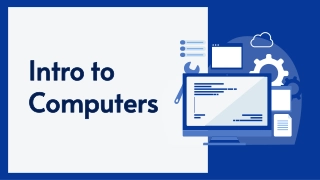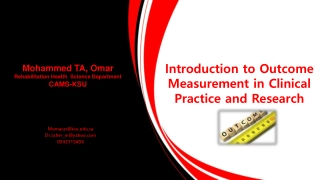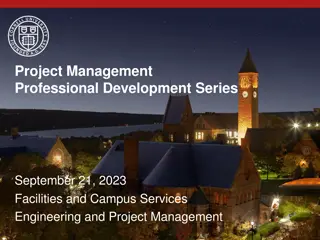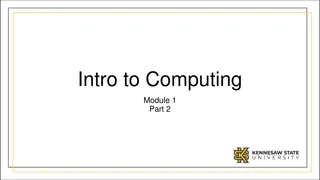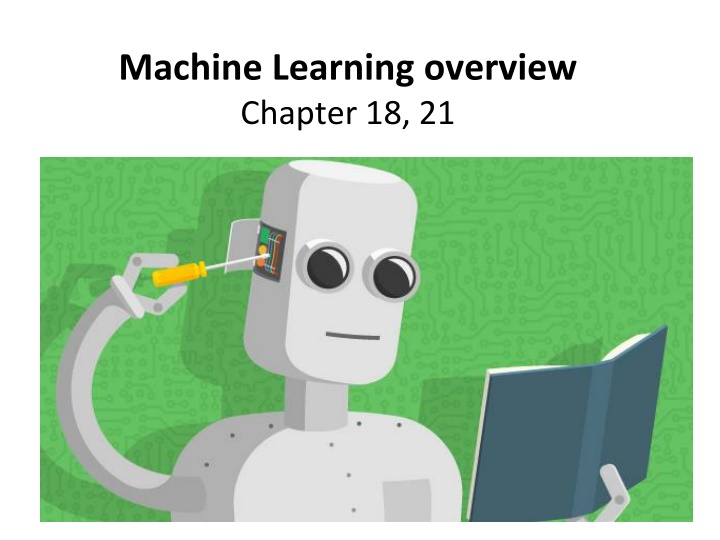
Machine Learning Paradigms and Successes
Explore the significance of studying learning, the evolution of AI and machine learning, and the successes achieved in fields like sentiment analysis and self-driving cars. Discover major paradigms of machine learning agents and their applications in various domains.
Uploaded on | 2 Views
Download Presentation

Please find below an Image/Link to download the presentation.
The content on the website is provided AS IS for your information and personal use only. It may not be sold, licensed, or shared on other websites without obtaining consent from the author. If you encounter any issues during the download, it is possible that the publisher has removed the file from their server.
You are allowed to download the files provided on this website for personal or commercial use, subject to the condition that they are used lawfully. All files are the property of their respective owners.
The content on the website is provided AS IS for your information and personal use only. It may not be sold, licensed, or shared on other websites without obtaining consent from the author.
E N D
Presentation Transcript
Machine Learning overview Chapter 18, 21
Why study learning? Understand and improve efficiency of human learning Use to improve methods for teaching and tutoring people (e.g., better computer-aided instruction) Discover new things or structure previously unknown Examples: data mining, scientific discovery Fill in skeletal or incomplete specifications in a domain Large, complex systems can t be completely built by hand & require dynamic updating to incorporate new information Learning new characteristics expands the domain or expertise and lessens the brittleness of the system Build agents that can adapt to users, other agents, and their environment
AI & Learning Today Neural network learning was popular in the 60s In the 70s and 80s it was replaced with a paradigm based on manually encoding and using knowledge In the 90s, more data and the Web drove interest in new statistical machine learning (ML) techniques and new data mining applications Today, ML techniques and big data are behind almost all successful intelligent systems http://bit.ly/U2ZAC8
Machine Leaning Successes Sentiment analysis Spam detection Machine translation Spoken language understanding Named entity detection Self driving cars Motion recognition (Microsoft X-Box) Identifying paces in digital images Recommender systems (Netflix, Amazon) Credit card fraud detection
Major paradigms of machine learning Rote learning: 1-1 mapping from inputs to stored representa- tion, learning by memorization, association-based storage & retrieval Induction: Use specific examples to reach general conclusions Clustering: Unsupervised discovery of natural groups in data Analogy: Find correspondence between different representa- tions Discovery: Unsupervised, specific goal not given Genetic algorithms:Evolutionary search techniques, based on an analogy to survival of the fittest Reinforcement Feedback (positive or negative reward) given at the end of a sequence of steps
What we will and wont cover We ll look at a few popular machine learning problems and algorithms Take CMSC 478/678 Machine Leaning for more Use online resources & experiment on your own We ll focus on when/how to use techniques and only touch on how/why they work We ll cover basic methodology and evaluation We ll use Weka platform for examples & demos Great for exploration and learning
Types of learning problems Supervised: learn from training examples Regression Classification: Decision Trees, SVM Unsupervised: learn w/o training examples Clustering Dimensionality reduction Lots more we won t cover Hidden Marrkov models Learning to rank Semi-supervised learning Reinforcement learning Active learning
Supervised learning Given training examples of inputs & corres- ponding outputs, produce correct outputs for new inputs Two main scenarios: Classification: outputs typically labels (goodRisk, badRisk); learn a decision boundary that separates classes Regression:aka curve fitting or function approximation. Learn a continuous input-output mapping from (possibly noisy) examples
Unsupervised Learning Given only unlabeled data as input, learn some sort of structure, e.g.: Cluster your Facebook friends based on similarity of posts and friends Find sets of words whose meanings are related (e.g., doctor, hospital) Induce N topics and the words that are common in documents that are about that dopic
Weka: Waikato Environment for Knowledge Analysis Open source Java software for ML and datamining http://cs.waikato.ac.nz/ml/weka/


